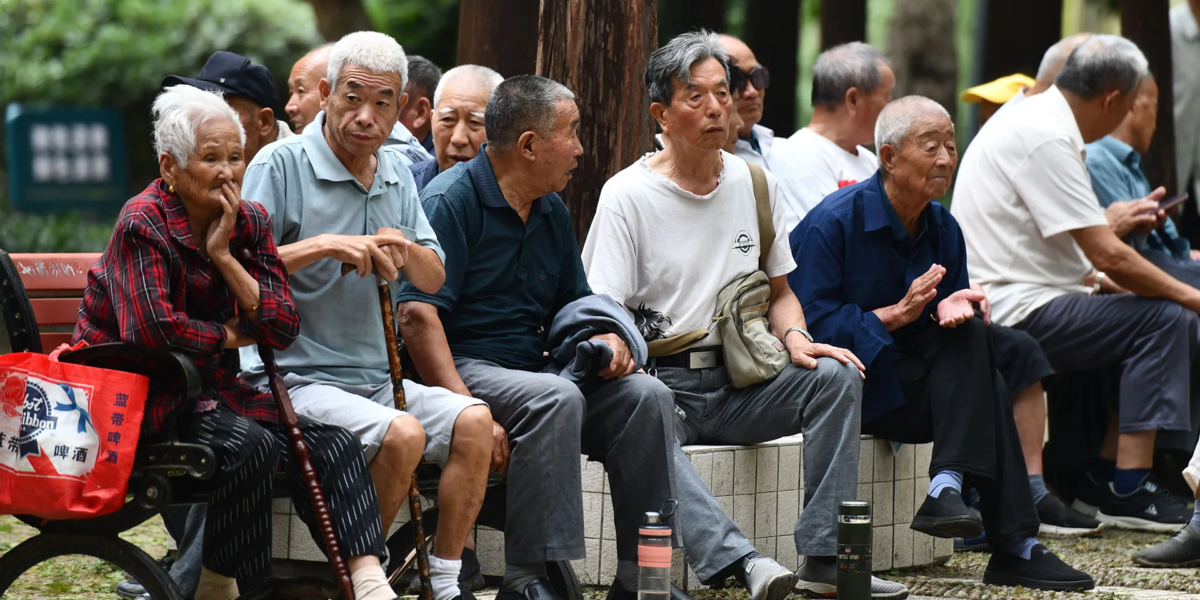China has announced a significant change to its retirement policy, set to take effect from January 2025, in a bid to address the challenges posed by a declining population and an aging workforce. The new regulation, approved by the Standing Committee of the National People’s Congress, will be phased in over a 15-year period, eventually raising the retirement age to 63 for men and between 55 and 58 for women, depending on their job type.
Under the current system, men retire at 60, while women in white-collar jobs retire at 55 and those in blue-collar roles retire at 50. The new policy will adjust the retirement age based on individuals’ birth years. For instance, a man born in January 1971 will be eligible to retire at 61 years and 7 months in August 2032.
The move aims to alleviate the mounting pressure on China’s pension system, which has been increasingly strained by the aging population. By the end of 2023, nearly 300 million people in China were over 60, with projections indicating this number will rise to 400 million by 2035. The Chinese Academy of Social Sciences has warned that the public pension fund may deplete its resources by that time.
Read More: WHO announces first vaccine against Monkeypox
Adding to the complexity, China’s birthrate has been falling, with the population decreasing by 2 million in 2023 following a drop of 850,000 in 2022.
Public reactions to the policy change have been mixed. Some view the adjustment positively, noting that higher retirement ages are common in developed countries. Others, however, have expressed disappointment and frustration, as the new policy disrupts their retirement plans.
The retirement age increase reflects broader demographic trends and is intended to ensure the sustainability of the pension system. As the dependency ratio—the proportion of retirees to working-age individuals—continues to rise, the burden of supporting the elderly will increasingly fall on a smaller working population.
















